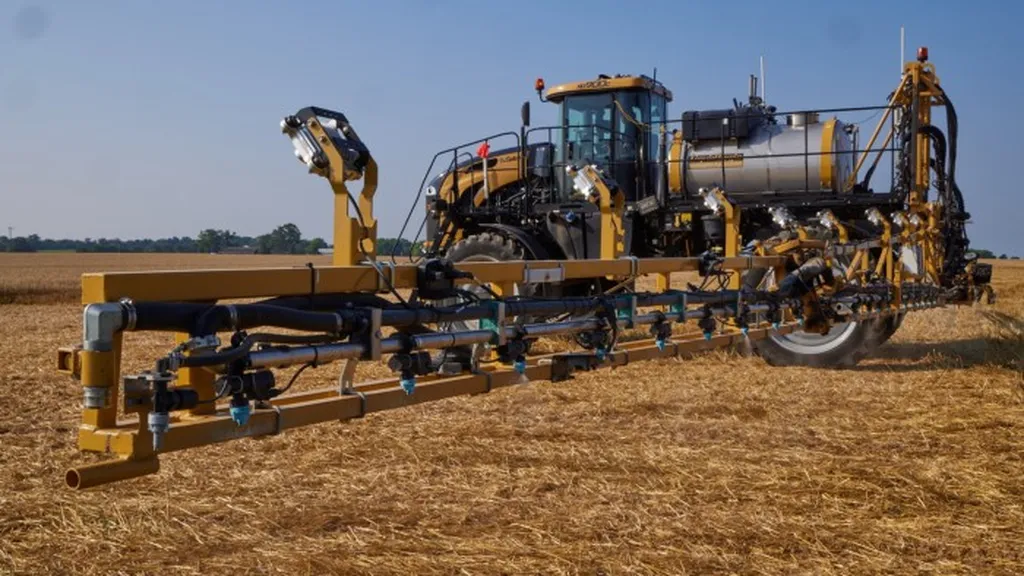The 2022 Census of Agriculture Farm Typology report released by the U.S. Department of Agriculture’s National Agricultural Statistics Service (NASS) provides a comprehensive overview of the structure and dynamics of U.S. farms, with a particular focus on family farms. These farms, which comprise 95% of all U.S. farms, are defined as operations where the majority of the business is owned by the producer and individuals related to the producer. The report classifies farms based on ownership and gross cash farm income (GCFI), offering valuable insights into the agricultural sector’s landscape.
The data reveals that small family farms, those with a GCFI of less than $350,000 per year, dominate the sector in terms of numbers, accounting for 85% of all U.S. farms. However, they occupy 39% of total farmland and contribute 14% of the value of all agricultural products sold. In contrast, large-scale family farms, with a GCFI of $1 million or more, make up less than 4% of all U.S. farms but produce 51% of the value of all agricultural products. This disparity highlights the significant role that large-scale operations play in agricultural production, despite their relatively small numbers.
The report also indicates a decline in the number of family farms since 2017, with an 8% decrease (almost 159,000 farms). However, mid-size, large, and very large farms experienced increases of 2%, 40%, and 65%, respectively. This trend suggests a consolidation of the agricultural sector, with larger farms expanding while smaller operations struggle to maintain their footing.
The implications for the agriculture sector are profound. The decline in the number of small family farms could have ripple effects on rural communities, as these operations often contribute significantly to local economies and cultural heritage. Additionally, the specialization of farms varies between size groups, with small farms focusing on cattle and other crops, while mid-size and large-scale farms have more diverse production profiles. This specialization can influence the types of crops and livestock produced, as well as the economic stability of different regions.
For investors, the data provides valuable insights into the structure and trends of the agricultural sector. The growth of mid-size, large, and very large farms presents opportunities for investment in technologies and practices that can support the expansion and efficiency of these operations. Conversely, the decline in small family farms may indicate a need for targeted support and investment to help these operations thrive.
The report also highlights the demographic characteristics of small family farm producers, who are more likely to be women, age 65 or older, and live on the farm operation. They are also more likely to have served in the military, work off the farm, and be new or beginning farmers. These demographics suggest a need for tailored programs and support to address the unique challenges faced by these producers.
In conclusion, the 2022 Census of Agriculture Farm Typology report offers a detailed snapshot of the U.S. agricultural sector, highlighting the dominance of family farms and the trends shaping the industry. For the agriculture sector and investors, the data provides critical insights into the opportunities and challenges that lie ahead.

